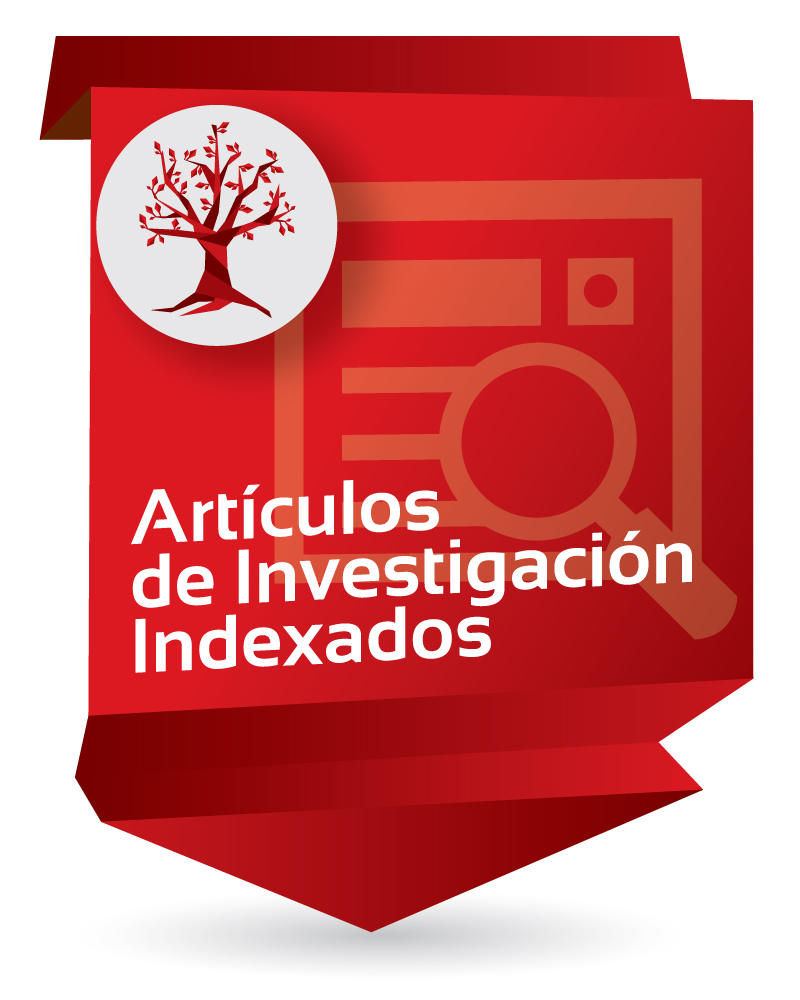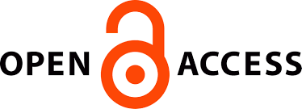New polymorphism in the NCF‐2 gene leading to alternative splicing without altering gene expression or the respiratory burst activity
Nuevo polimorfismo en el gen NCF-2 que conduce a un empalme alternativo sin alterar la expresión génica ni la actividad de la ráfaga respiratoria

Enlaces del Item
URI: http://hdl.handle.net/10818/64203Visitar enlace: https://pubmed.ncbi.nlm.nih.go ...
DOI: 10.1002/ajh.21073
Compartir
Estadísticas
Ver Estadísticas de usoCatalogación bibliográfica
Mostrar el registro completo del ítemFecha
2008-02Resumen
The p67-phox protein is an essential component for activating the NADPH oxidase of phagocytes. Mutations affecting this gene lead to an autosomal recessive form of chronic granulomatous disease (CGD), a primary immunodeficiency characterized by recurrent severe infections [1]. We have previously characterized the genetic basis of CGD in patients lacking p67-phox, one of the less frequent forms of CGD [2]. In addition to the mutations responsible for the CGD phenotype, we have also identified other nucleotide changes in different regions of this gene in CGD patients, and in healthy individuals [2,3]. One of these nucleotide substitutions is an A?G transition at position 21 of intron 10 (IVS10-21A?G), which is located in the branch acceptor sequence, important for intron removal during premRNA splicing. The aim of this work was to investigate the frequency of this single nucleotide substitution, as well as its consequences on NCF-2 gene expression. From 114 investigated subjects, 41 were homozygous for A, 49 were heterozygous and 24 were homozygous for G, leading to allelic frequencies of 57.5% for A and 42.5% for G, confirming a polymorphism of the NCF2 gene. This group was found to be in Hardy Weinberg equilibrium (0.50 > P > 0.30) [4]. In the current work, the SSCP assay detected the 21 A to G substitution in intron 10. This nucleotide substitution was confirmed by DNA sequencing, and has been submitted to the GenBank data bank with accession number DQ517931.
Palabras clave
Ubicación
Am J Hematol. 2008 Feb;83(2):172
Colecciones a las que pertenece
- Facultad de Medicina [1584]
















